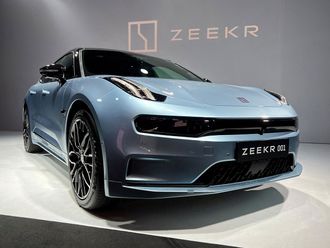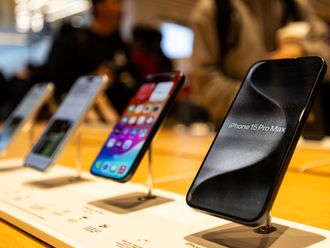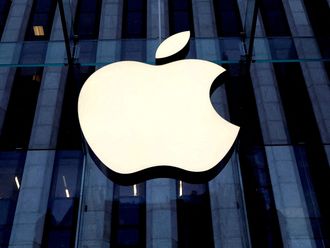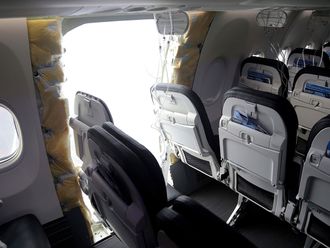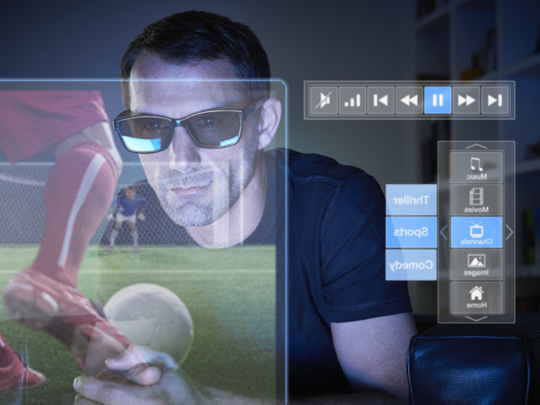
Did the ball touch the line or not? One of the most enduring controversies in football has to be Geoff Hurst’s goal in the 1966 Fifa World Cup. You can endlessly loop the old TV footage and still not know for sure if the ball went in or dropped out after bouncing off the goalpost.
Fast forward to 2014, and these type of debates have been kicked out of the field and your living room. For the first time, Fifa will broadcast some of the World Cup matches, including the final, in ultra-high-definition (UHD) or 4k format.
Nuanced detail
Developed in 2003 by the technical research division of Japanese national broadcaster NHK, UHD delivers more nuance and detail than high-definition TV. Niclas Ericson, Fifa’s Director of TV, says, “4K will propel fans around the globe into a whole new viewing dimension. It marks the dawning of a new era in sports broadcasting.”
This year, 4K TVs have been trickling in in larger numbers, at palatable prices and with specs that are on a par with their expensive predecessors.
Take, for instance, Samsung’s 55-inch UA55F9000 Smart UHD TV, which will set you back by around Dh12,300, or the bigger 65-inch UA65F9000, which is currently priced at around Dh18,500. If your wallet permits, you can go bigger — the 85-inch Samsung UA85S9ARXZN can be yours for about Dh100,000, which, incidentally, is down from its earlier Dh120,000 price tag.
The Middle East is expected to be a lucrative market for 4K TVs, especially given that football is hugely popular in the region. When Samsung launched its super expensive 110-inch 4K TV last December, the company said that it will initially focus on the Middle East, China and Europe. Samsung had already received orders for ten TVs from the Middle East at the time.
Moreover, Hiroyasu Sugiyama, Managing Director, Sony Middle East and Africa, says that Sony’s first 4K launch — an 84-inch model — sold the most in the Middle East, outside of Japan. The brand has followed it up with cheaper 65- and 55-inch models.
But this is just the beginning. Buyers in the Middle East can expect the floodgates to open as Chinese manufacturers shake up established brands with aggressively priced 4K TVs. Paul Gray, Director of European TV Research, DisplaySearch, says, “Pressure from competitors may indeed build in some regions, driving prices for Chinese brands further down and stimulating growth. However, there has been a distinct reluctance by Korean and Japanese brands to chase Chinese pricing.”
The NPD Group company headquartered in Santa Clara, California, estimates that 1.3 million 4K TVs were sold globally last year and by 2017 the number will rise to 23 million. According to Quarterly TV Design and Features Report published by the company, “60Hz video is considered a must by broadcasters with expansions in colour and dynamic range likely in the 2016-18 time frame.”
Things can’t get bigger than the football World Cup and it is the perfect opportunity to display the latest in TV technology, which industry leaders hope will usher in a new era in sports broadcasting. In fact Sony, in partnership with Fifa, will produce a World Cup film in UHD, while companies such as BSkyB and Espn are considering the potential of a 4K sports channel.
The World Cup film will include a selection of games, including the final, and will be available for purchase online after the event is over. In addition, one round-of-16 match, one quarter-final match and the final will be produced in UHD.
Eight million pixels
For the uninitiated, UHD displays have eight million pixels, four times the number in high-definition TVs. The more pixels that comprise an image, the clearer it becomes. “We are very excited to offer an entirely new viewing experience at the greatest sport event in the world,” says Soichi Kawachi, Vice-President in charge of the Fifa Partnership at Sony. “We will deliver a unique and totally compelling entertainment experience, conveying the excitement of the matches in Brazil with the depth and vividness that UHD of 4K TVs delivers.”
However, Fifa will not be resting on its 4K laurels. It is already working with NHK on 8K broadcasts and while 8K capable TVs are still on the horizon, only a handful of cameras are currently capable of shooting at that resolution. NHK plans to start 8K broadcasts by 2016 and this World Cup will be a test bed. The 8K feeds will be downsampled to 4K for mass consumption.
So, when Fifa World Cup 2018 comes around, one can already predict what TV manufacturers will be telling us to upgrade to!
— With inputs from Associated Press


